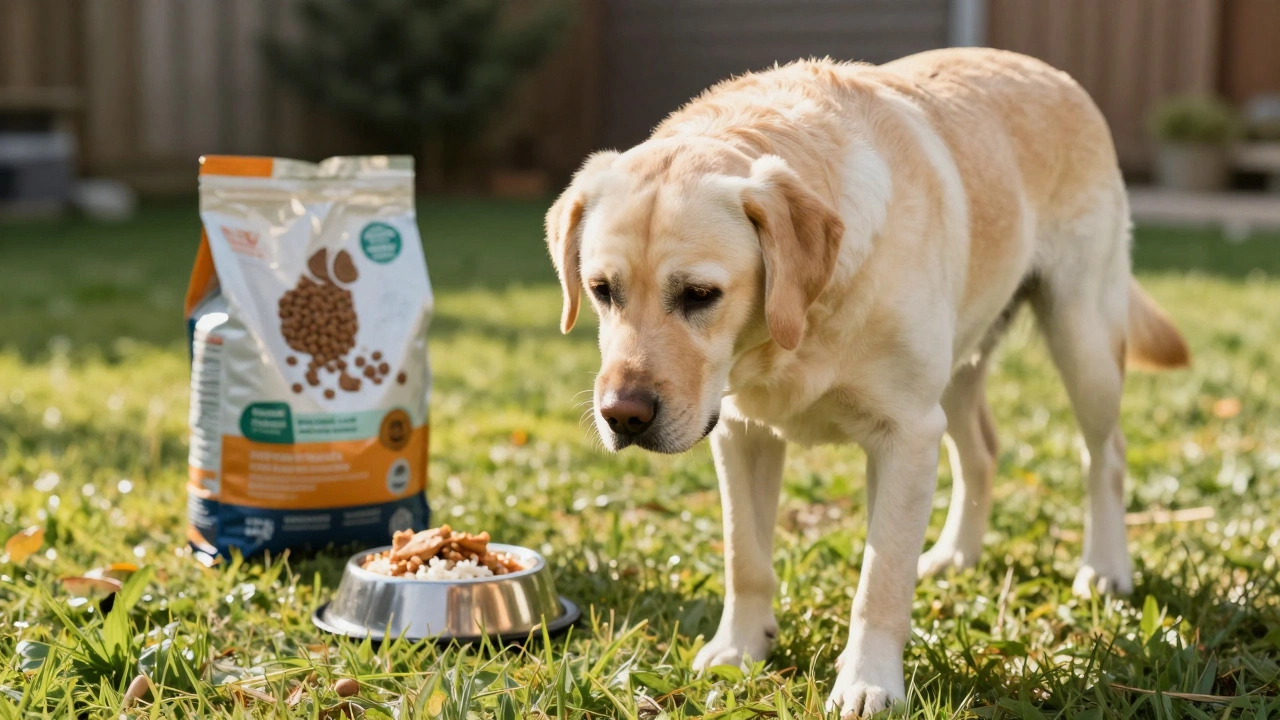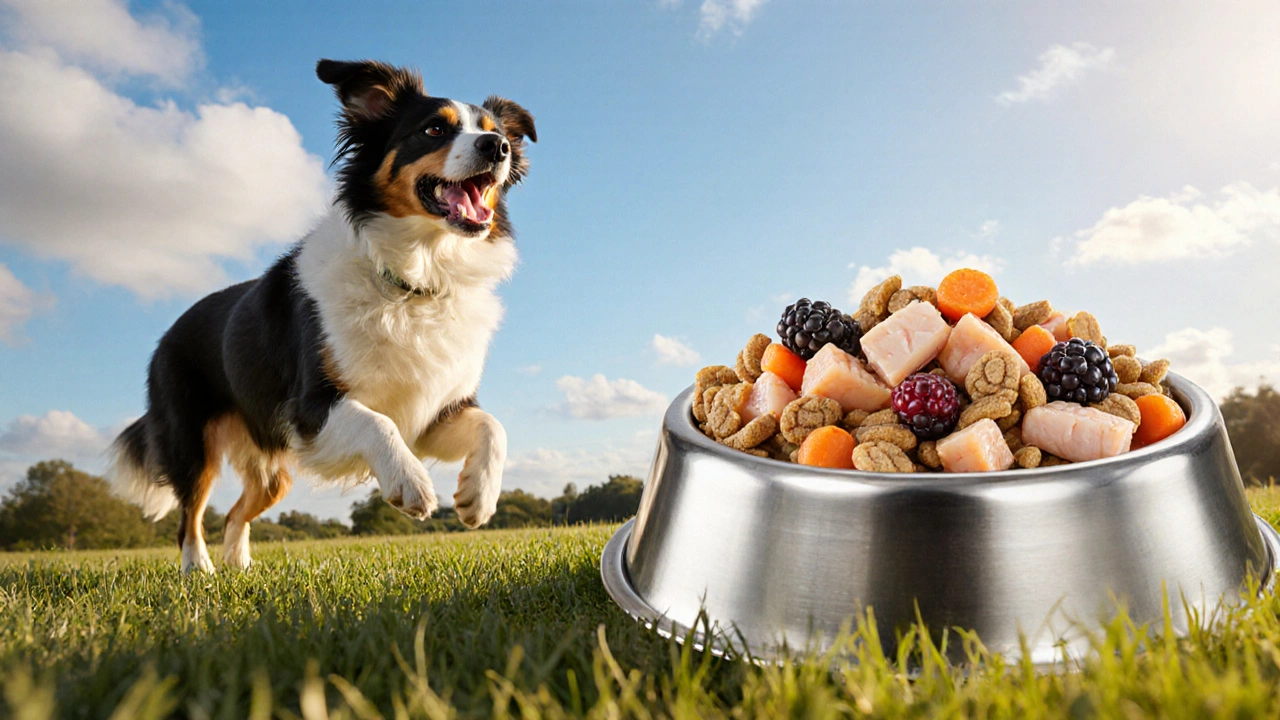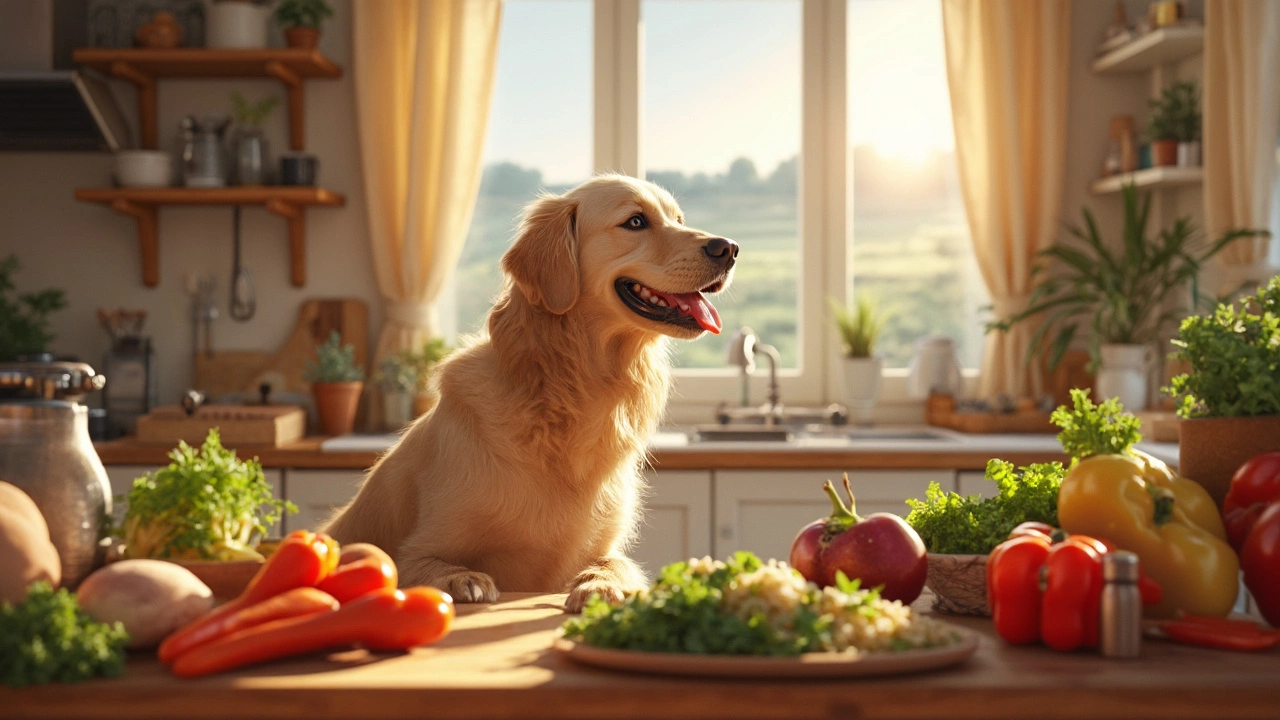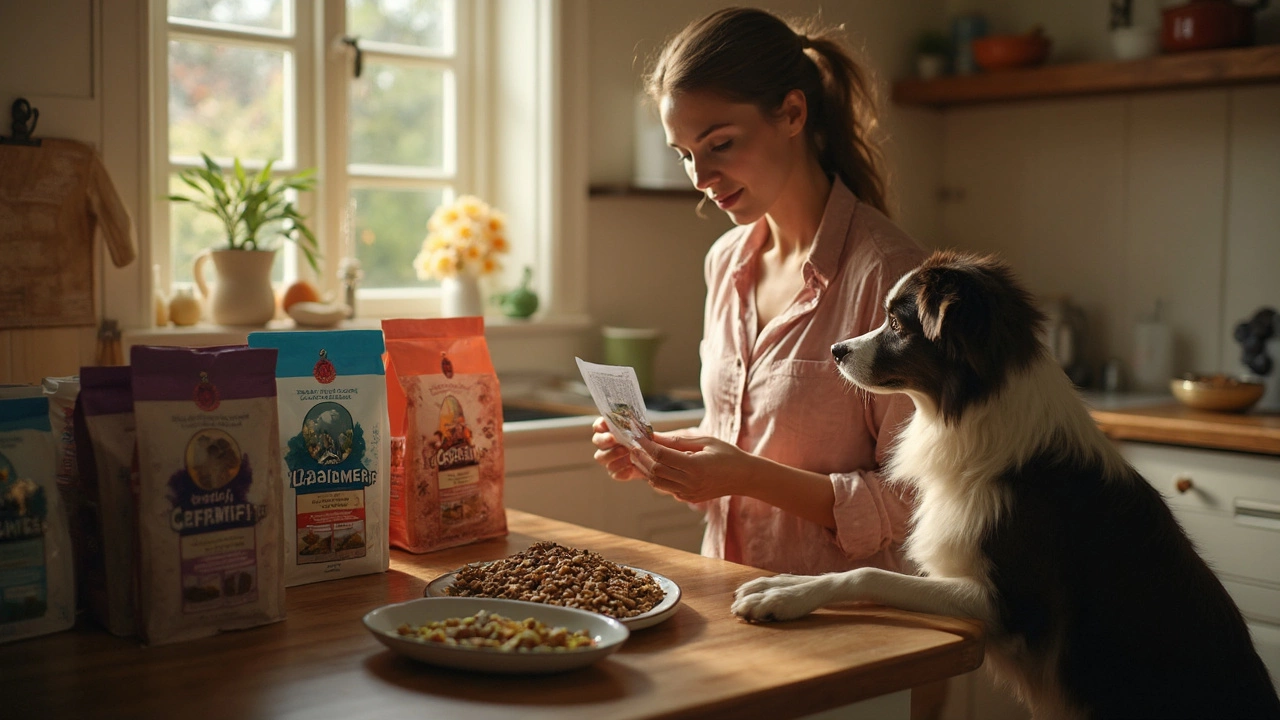Dog Nutrition – Simple Tips for Happy, Healthy Dogs
Feeding your dog can feel overwhelming with all the options out there. The good news? You don’t need a degree in animal science to get it right. Focus on three basics: balanced meals, quality ingredients, and the right amount of treats. Below we break each part down so you can feed your dog with confidence.
Choosing the Right Food
Start by looking at the label. A good dog food lists a real meat source (like chicken, beef, or salmon) as the first ingredient. Avoid products that hide meat meals or by‑products behind a long list of fillers like corn, wheat, or soy. Those ingredients add calories without much nutrition.
Next, check the protein level. Dogs need about 18‑30% protein depending on age and activity. Puppies and working dogs sit at the higher end, while senior dogs can do fine with a bit less. If you see a guaranteed analysis that reads “protein 24%” and “fat 12%,” you’re looking at a solid everyday diet.
Watch the additives. Natural preservatives (like mixed tocopherols) are better than artificial ones. Also, a short list of vitamins and minerals means the food isn’t trying to hide a deficiency.
Finally, match the food to your dog’s life stage. Most brands have separate formulas for puppies, adults, and seniors. Switching too early or too late can cause digestive upset or missed nutrients.
Boosting Nutrition with Treats
Treats should be a supplement, not a replacement for meals. Aim for treats to make up no more than 10% of daily calories. A handy rule: if your dog eats a 500‑calorie diet, keep treats under 50 calories.
When you pick treats, look for the same quality standards you use for food. Treats made from single‑ingredient sources like freeze‑dried chicken or sweet potato are a safe bet. Galloway Gourmet Dog Treats, for example, crafts snacks with natural ingredients and no artificial fillers, making them easy to count toward that 10% limit.
If you want to add extra nutrients, consider treats that include joint‑support supplements (glucosamine) or skin‑friendly fats (Omega‑3). These can help address specific needs without a prescription.
Homemade options are also simple. A few slices of apple (no seeds), a spoonful of plain yogurt, or a boiled egg can serve as occasional treats. Just remember to keep portion sizes tiny and watch for any signs of upset stomach.
Sticking to a routine helps too. Offer treats after training or a walk, not just when the dog is begging. This keeps the reward meaningful and prevents over‑feeding.
By focusing on real meat, proper protein levels, and low‑fillers, you set a solid foundation for your dog’s diet. Adding high‑quality treats in moderation gives you flexibility for training and bonding moments without compromising health.
Remember, every dog is unique. If you notice changes in weight, energy, or stool, tweak the food or treat amount. And when in doubt, a quick chat with your vet can clear up any nutrition questions.
With these straightforward steps, you’ll feel confident that you’re feeding your dog the right fuel for a long, happy life.

What Are the Signs of Vitamin D Deficiency in Dogs?
Learn the early and serious signs of vitamin D deficiency in dogs, what causes it, how to test for it, and how to safely correct it with diet and vet-approved supplements.
View more
Top 3 Dog Food Brands You Should Know
Discover the three leading dog food brands, their key ingredients, price ranges, and how to pick the best fit for your pup's health and budget.
View more
What To Feed Your Dog: Vet-Backed Guide to the Best Dog Food in 2025
Cut through the noise: what to feed your dog, how much, and why. Evidence-based tips, formats compared, brand criteria, and NZ-specific notes.
View more
Is Feeding Dogs Once a Day Safe? What Science and Vets Say
Is feeding your dog once a day really safe? Explore vet-backed facts, daily feeding tips, and hear what the latest research says about dog nutrition needs.
View more
Is Ground Chicken Safe and Healthy for Dogs? A Complete Owner's Guide
Wondering if ground chicken suits your dog’s diet? Discover benefits, risks, cooking tips, and expert advice in this super detailed guide packed with facts you need.
View more
Do Vets Recommend Farmer's Dog? Honest Insights on Fresh Pet Food
Wondering if vets really stand behind Farmer's Dog food? This article cuts through the hype and shares what practicing veterinarians actually say about fresh, human-grade dog food. You'll get concrete facts about how these meals stack up nutritionally, plus smart tips for talking to your own vet. Expect straightforward answers, up-to-date ideas, and honest perspectives for pet owners who just want the best for their dogs.
View more
Best Homemade Dog Food: What to Feed Your Pup Safely
Thinking about making your dog's meals at home? This article breaks down what homemade food really works best for dogs, which ingredients you should use or avoid, and how to make sure your pup is getting all the nutrients they need. Get easy, practical recipes and pro tips to keep your dog healthy. Learn what vets usually recommend and get answers to common questions real dog owners have. Skip the guesswork and help your furry friend thrive with every meal.
View more
Is Blue Wilderness Good for Dogs? Unpacking the Hype and Ingredients
Wondering if Blue Wilderness is a smart pick for your dog? This article dives into its ingredients, pros and cons, and real feedback from dog owners. You’ll get the facts on how it stacks up for different needs—from picky pups to dogs with allergies. Get answers to whether it’s worth the price and how to transition your pet safely. No fluff, just straight answers to help you make the best choice for your furry friend.
View more
The Healthiest Dog Food: What You Need to Know
Choosing the healthiest dog food can be overwhelming given the countless options. Understanding nutritional needs, reading labels effectively, and comparing choices for your furry friend are crucial parts of the process. Learn about different types of dog food available, ingredients to look for, and key tips to make an informed decision. Proper nutrition plays a significant role in your dog's health and longevity.
View more
What is the Healthiest Food to Feed a Dog?
Choosing the healthiest food for your dog can be confusing with so many options available. It's important to know what nutrients dogs need and how they differ from human nutrition. Learn about the benefits of specific ingredients and how they support your dog's overall well-being. Discover practical tips for selecting the best food to keep your canine companion happy and healthy.
View more
Is Purina Good or Bad for Dogs?
Choosing the right dog food can be overwhelming with so many brands claiming to be the best. Purina, a widely available brand, often gets mixed reviews from dog owners. This article delves into whether Purina is genuinely beneficial for your dog's health or if you might want to consider other options. Let's explore the ingredients, nutritional benefits, and real-life experiences from pet owners.
View more
Can Dogs Eat Scrambled Eggs? Here's What You Need to Know
Ever wondered if your furry friend can enjoy scrambled eggs as a treat? Learn about the nutritional benefits and potential concerns when giving eggs to your dog. Discover if scrambled eggs are safe and how they can fit into a balanced diet for your pup.
View more